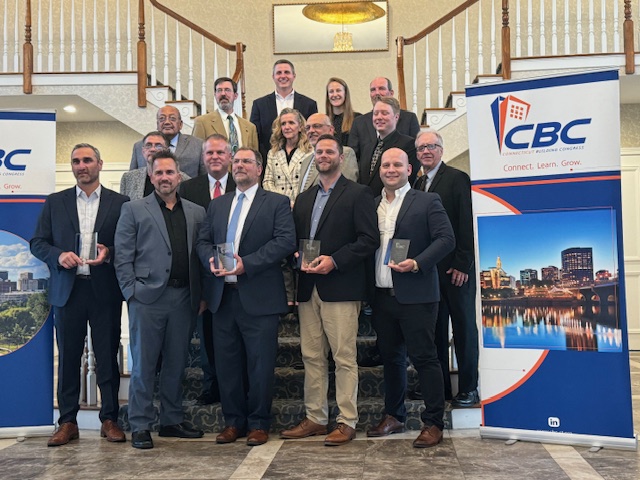
West Haven High School was awarded second place in a state building association competition. The Connecticut Building Congress made the announcement earlier this month, announcing its 28th annual Project Team Awards.
West Haven High School was given the Award of Merit, getting beaten out for the top First Place honor by Cranbury Elementary School in Norwalk. Gilbane Construction, the major contractor in the rebuild of the high school submitted the project.
The Connecticut Building Congress annually recognizes outstanding building projects that exemplify project team excellence and represent the best practices in teamwork by project owners, architects, engineers, constructors and trades. Each year, CBC recognizes projects whose team members have met or surpassed goals and achieved higher project quality through this close collaboration.
“The West Haven High School’s renovation, a $130 million transformative endeavor, was the largest school project of its time as it revolutionized the city’s only public high school,” the CBC said in its announcement. “Collaboratively executed by Gilbane Building Company, Antinozzi Associates, the City of West Haven, and the School District, the project was completed on time and within budget. The 270,000 SF “renovate as-new” initiative modernized the 1963 facility into a state-of-the-art educational space with advanced STEM classrooms, a media center, and community spaces. Managed in four phases, it allowed continuous operation for over 1500 students, integrating new science and athletic facilities.”
According to the CBC, “The design emphasizes security, community engagement, and offers after-hours public access, positioning the school as a vital community hub.”
The project was cited for being $2 million under budget when completed, despite the fact eight classrooms and other upgrades were made that were not in the original plan.
“The project faced many challenges,” said Building Committee Chairman Ken Carney, “but we were able to bring in a state-of-the-art project with several additions that were not in the plans.”
Those additions included classrooms and other amenities not originally envisioned in the design phase of the project.
“It was literally at ‘team effort’ and shows what could happen when the public and the private sector work together toward a common goal,” Carney said finally.